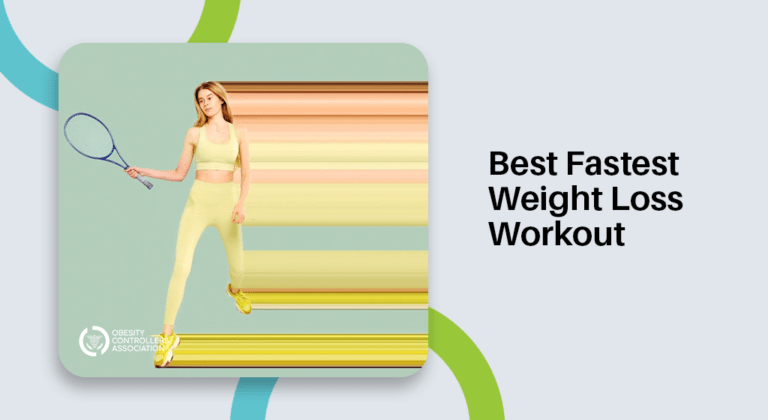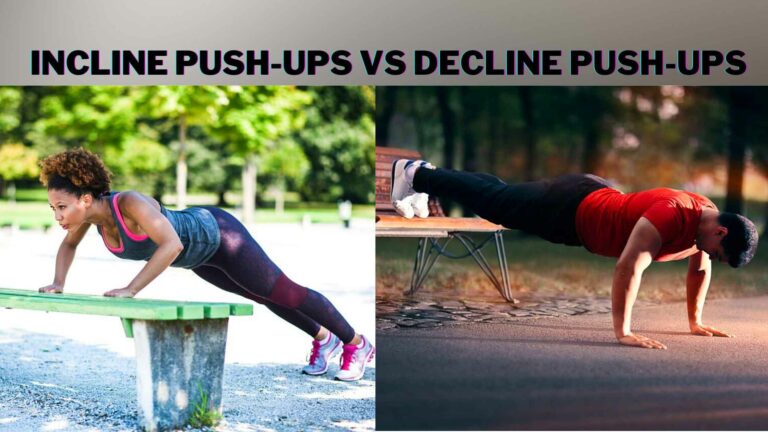Chin-Ups VS Pull-Ups: What Are The Differences
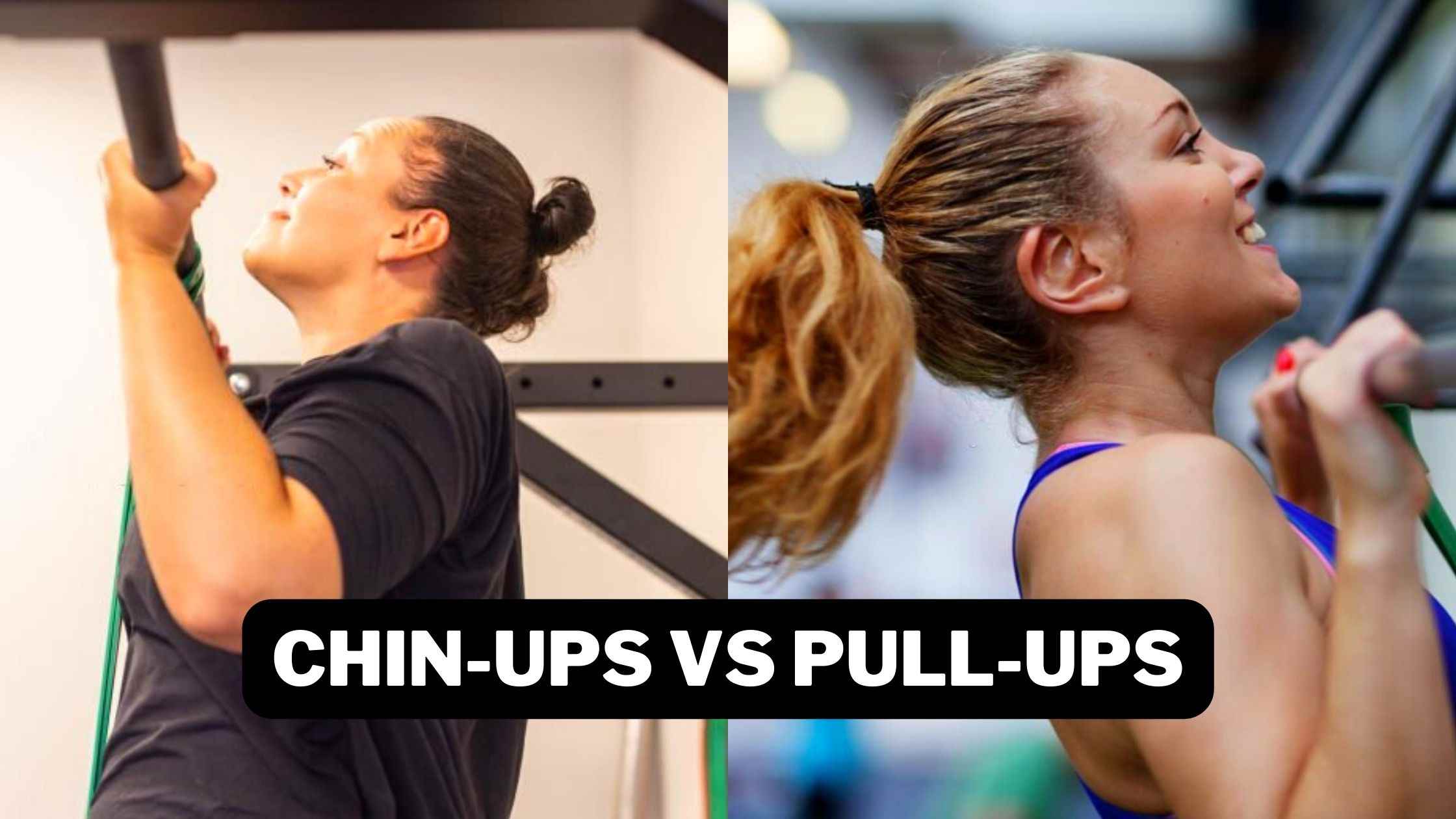
Hello friends. What about that Hollywood-style ab and attractive beach body you always dreamed of having? What if I say that you can get an amazing body this year with some effective exercise strategies?
In this article, you will be able to understand what chin-ups and pull-ups are. The article also elucidates the step-by-step process behind each workout and helps you to have a detailed knowledge of its myriad benefits. It also encapsulates relevant information regarding the muscles that are involved with each type of exercise. So, start reading about chin-ups vs pull-ups and decide which kind of workout suits you the best!
Chin-Ups And Pull-Ups
Chin-ups and pull-ups are two crucial strength-training workouts that have been receiving much recognition lately. Strength-training workouts have proven benefits on your body as they can not only improve your overall physique, but also they can enhance your mental health and alleviate any symptoms of anxiety and depression. Consistent practice of chin-ups and pull-ups can uplevel your body and involve strengthening various muscles. But it is crucial to have in-depth knowledge of how to do these workouts properly. If you attempt these workouts without proper guidance and knowledge, the chances of getting injured can be real.
Chin-Up: An Overview
Chin-ups are a type of strength training workout in which you grip a horizontal bar and pull your body upwards to the chest level. In this type of training, the grip of your palms is faced toward your upper body. In this workout, the focus is more on your upper body and core. It is one of the most effective methods to improve your upper back muscles and core strength.
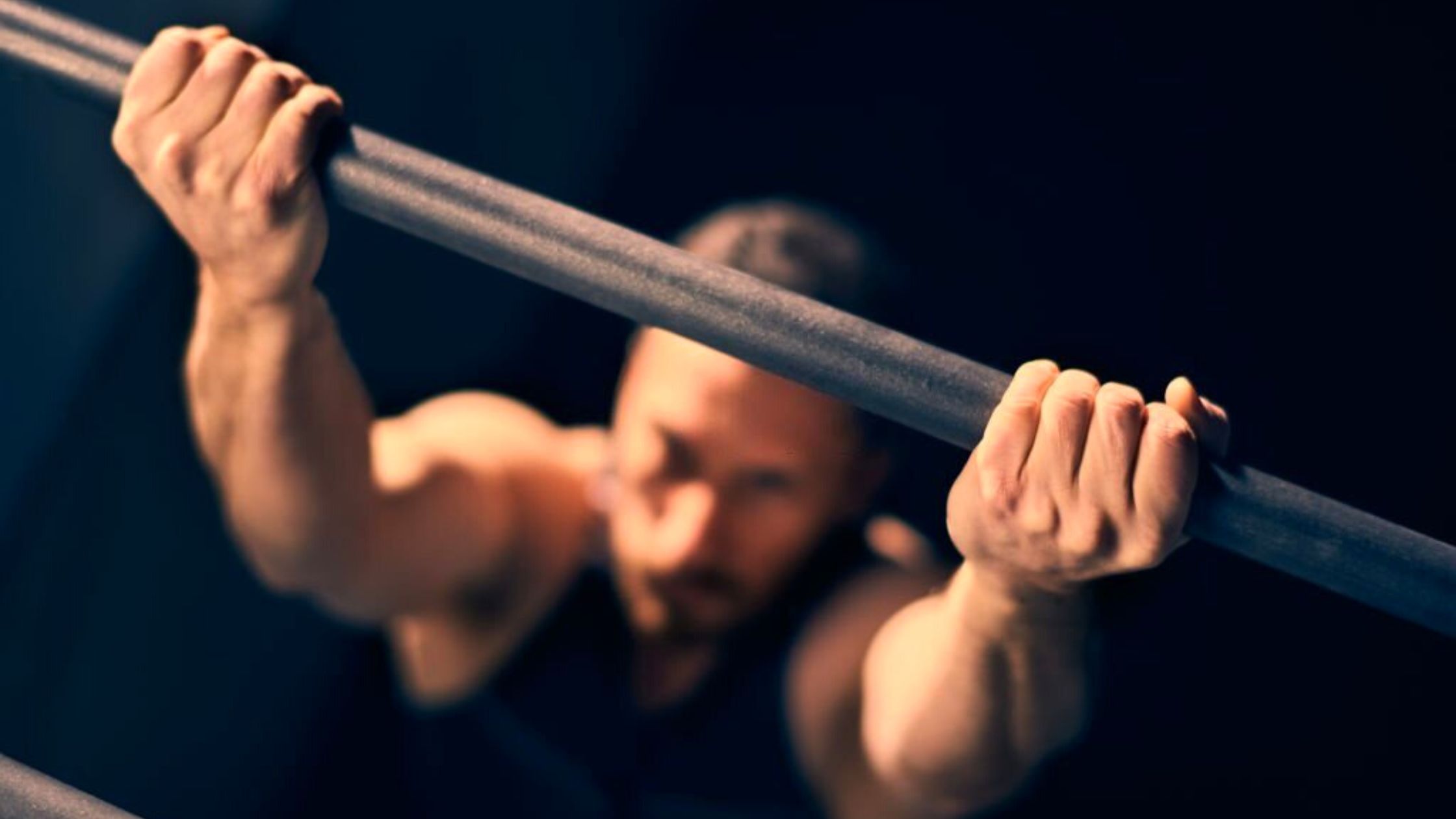
Due to the orientation of the grip, in chin-ups, you don’t need to focus more on shoulder strength. This means you might get more shoulder flexibility and stability. Chin-ups are also beneficial because when your palms are faced toward your body, they will apply more pressure on your biceps. This will enhance your biceps mass and strength.
How to perform Chin-ups?
Begin the chin-up workout by hanging from a bar and placing a supinated grip. Now your body will reach onto a swinging position. Make sure to place your core and legs in a stable posture without moving. You can either keep your legs crossed on your back or place them in front of you. Now make a shrug-like movement and pull your shoulders upwards and downwards. First, by pulling your elbows to the floor, elevate your chest to the bar. Try to reach and raise to the maximum height without elevating your chin to the bar. Now return to the beginning posture and repeat the whole movement for the required number of reps.
Muscles that work in Chin-up
Chin-ups are usually practiced for the strengthening of your upper back. It is commonly called a biceps exercise. But it not only works on your biceps but activates a wide range of other muscles too. Some of the muscles that get strengthened by consistent chin-up practice are given below:
- Traps aka Trapezius Muscle: This is a broad muscle that extends from your cervical to thoracic area on the back of your neck and trunk. It has three dividing parts namely: ascending or inferior, descending or superior and middle muscles. During a chin-up workout, these traps maintain the stability of your shoulders.
- Lats aka Latissimus Dorsi: Lats are the wide and flat muscles found in your back and extend to the sides. These are the largest muscles in your upper body. Studies show that they are the third most worked muscles in a chin-up workout.
- Rhomboids: These are the collective terms for the two muscles known by the name of Rhomboid Major and Rhomboid Minor. They play a crucial role in upper limb movement and scapula.
- Teres Major: These are small muscles that are found in the side border of the scapula. Teres Major plays an important role in bringing your arms towards the pelvic region.
- Scapular and Shoulder Stabilizers: These muscles help with the stabilization of your shoulders and scapula.
- Biceps: Studies show that the biceps are the second most worked out muscles in chin-up exercises. Even though it is your upper back that needs to work out more, it is the biceps that get strengthened during the chin-up workout.
- Abdominals: Abdominal muscles help to maintain a correct posture for your torso and legs during the chin-up workout. They are crucial for the all process behind chin-ups.
- Forearms: When you do chin-ups, you need a tight grip on the bar. This will work the forearm muscles a lot resulting in much strengthening for them.
Get more information: Best Long-Head Bicep Exercises To Build Strong And Massive Arms
Benefits of Chin-ups
Consistently practicing chin-ups can provide effective results which can help you to amass more muscle mass and burn fat. Some of the benefits offered by chin-up workout are given below:
- As they are a compound movement, they can work multiple muscles at the same time
- They can improve the upper back muscles and biceps
- Enhances your grip strength
- Improves the power of your core muscle groups
- It can be modified to suit the level of your ability
- It can be effective for your muscles in a unique way
Pull-Up: An Overview
Pull-ups are traditionally used as a method for strength training. It can build the strength of your upper back and strengthen your muscles and improve the general fitness of your whole body. To practice pull-ups, you need to have a pull-up bar which is usually a straight and horizontal bar that can be enough to support the weight of your whole body.
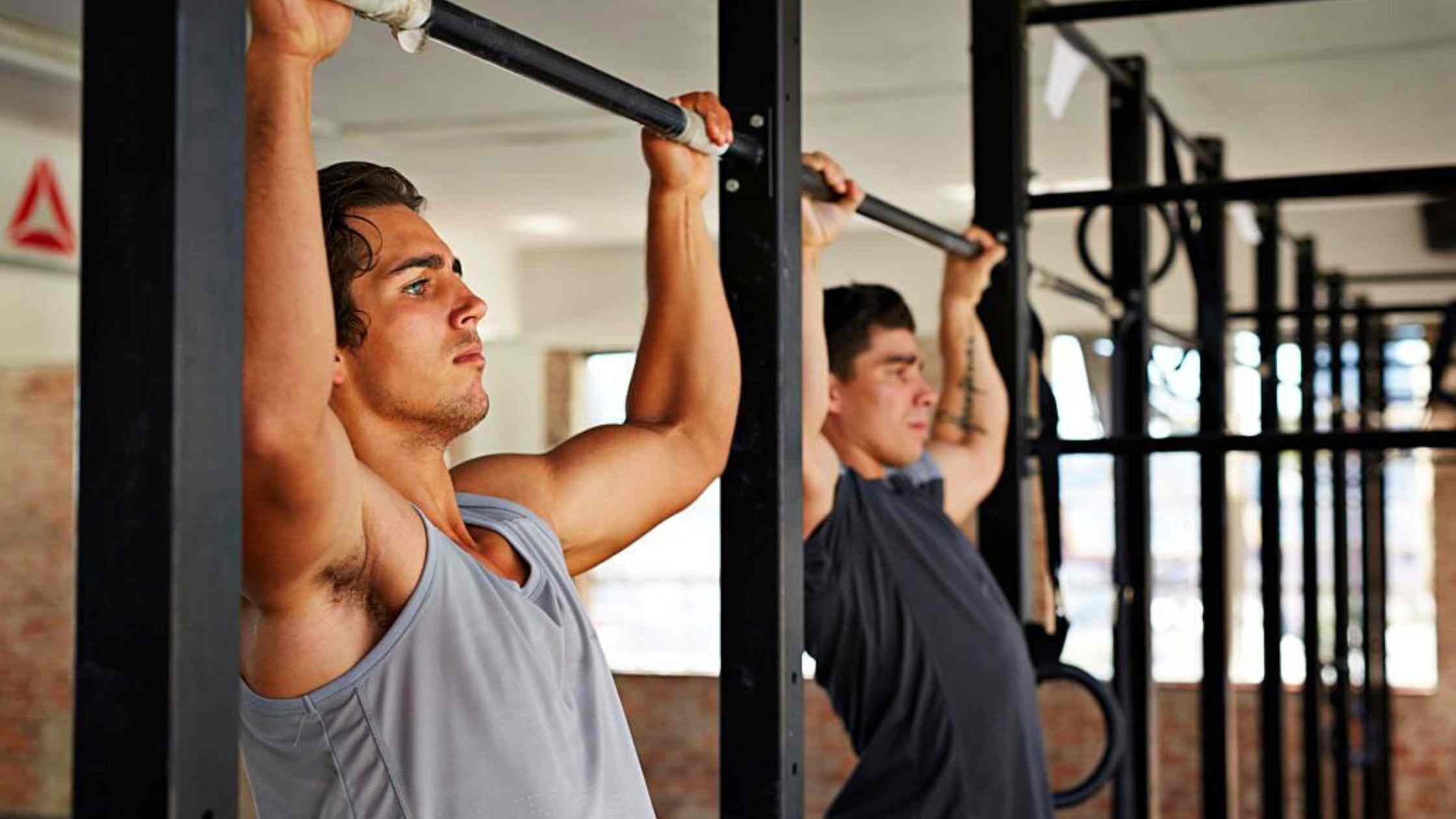
In pull-ups, your hands are kept in a position where your palms are facing away from you while in chin-ups, the hands are placed wider apart than in a narrow grip.
How to Perform Pull-ups?
To begin with, you have to grip the bar above your head with your hands. Make sure that your arms are at the shoulder-width distance and your palms are facing away from your body. Now with the strength of your upper body, pull yourself and make sure that your chin is over the bar. Stay in this position for a while. Now come back slowly by bringing your body back to the first position and completing the whole exercise. Repeat for the required amount of reps.
Muscles that work in Pull-ups
Many muscles get activated during the pull-up workout. Some of them are listed below:
- Lats: Also known as Latissimus Dorsi, these are the muscles that expand on your back and sides. In a pull-up, your lat muscles get more worked out than any other muscles.
- Traps and Rhomboids: Traps aka trapezius are the muscles that are found in the middle of your back. Along with Rhomboids which are behind the traps, they get most worked out during a pull-up session.
- Biceps and Triceps: During a pull-up session, your biceps also get worked.
- Pecs: These are known as the pectoral muscles which are found in front of your chest.
- Core: Core muscles are the collective term for muscles such as obliques, abdominals, diaphragm, etc. Having a strong core is mandatory to have a proper pull-up workout session.
Benefits of Pull-ups
This is an advanced form of exercise through which you can have many benefits. Compared to chin-ups, pulls ups are tougher to perform and are usually suggested for advanced-level fitness enthusiasts. Some of the benefits of pull-ups are given below:
- It builds your back muscles: Consistent practice of pull-ups can benefit your back muscles, especially muscles such as the Latissimus dorsi, Trapezius, Thoracic erector spinae, and Infraspinatus.
- Pull-ups can build your arm and shoulder muscles: Studies have shown that regular pull-up workouts can improve the strength of your arms and shoulder muscles.
- Enhances the strength of your grips: Grip strength can be crucial if you are into sports like golf, rock climbing, bowling, and tennis.
- Aids in overall body strength and fitness: Pull-ups can engage your whole body mass in the workout which can lead to enhancing your body strength and fitness.
- Promotes physical health: Research has shown that consistent practice of pull-ups can promote your physical health. Some studies have discovered that pull-ups can help in the burning of visceral fat which can be dangerous for your body.
- Supports your mental health: Studies have proved that consistent strength training can improve mental clarity and help with relieving symptoms of anxiety and depression.
Conclusion
By skimming through the above paragraphs, you can understand that practicing chin-ups and pull-ups can provide benefits for your physique and mind. Both are somewhat similar kinds of workouts but the difference lies in the way your hand grips the bar and the muscles that get activated as a result of the workout. Chin-ups are workouts that involve hanging from a bar and your palms will be faced towards your body while in pull-ups, the palms are faced in the opposite direction from your body. If you are a beginner, chin-up workouts can be easy for you, while pull-ups are suitable for those who are at an advanced level in strength-training workouts. Both these workouts focus on different types of muscles in your body and the benefits are also somewhat different.
